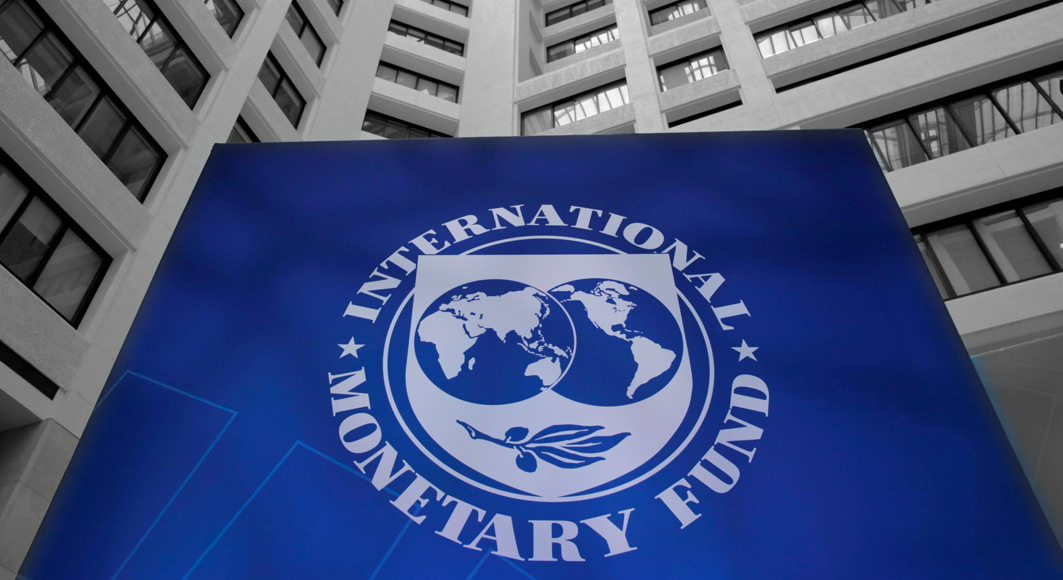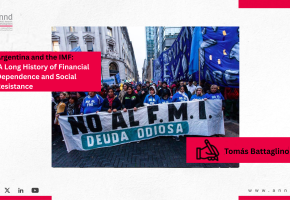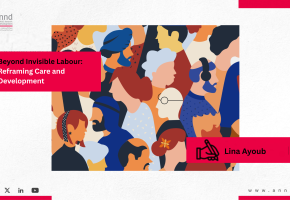
Highlights on the IMF’s latest Special Drawing Rights (SDRs) Allocation – questions to address and potential implications

Highlights on the IMF’s latest Special Drawing Rights (SDRs) Allocation – questions to address and potential implications – Olga Jbeili
In response to the global Covid-19 pandemic and as a result of the economic implications that lockdown measures generated, the International Monetary Fund (IMF) approved in August 2021 a historic 650 billion USD allocation of Special Drawing Rights (SDRs) in the objective to help members address the long-term global need for reserves, to boost global liquidity and to build confidence while fostering resilience and stability. This is the largest SDR allocation in the history of the IMF. About 275 billion USD of the new allocation will go to emerging markets and developing countries including low income countries.
SDRs are issued by the IMF and were created in 1969 as a supplementary international reserve asset that governments can exchange for cash based on a basket of five currencies: USD (41.73%), Euro (30.93%), Chinese Yuan/Renminbi (10.92%), Japanese Yen (8.33%) and British Pound Sterling (8.09%).
It is important to note that an SDR is neither a currency nor a claim on the IMF, and neither they are a transfer of wealth. Rather SDRs are a potential claim on the freely usable currencies of IMF member countries in the form of unconditional liquidity. SDRs act as the unit of account for the IMF and this has been the primary purpose to help cope with exchange rate volatility.
As a result, all countries will benefit from the latest SDR allocation, but on different levels based on their relative quotas at the IMF.
Therefore, developed countries will receive 60% of the new SDRs and developing countries 40%, including 2.4% for 46 least developed countries (LDCs), (ESCWA, 2021).
Of the 650 billion U.S. dollar under the new SDR allocations, the Arab region will receive 37.3 billion U.S. dollar in additional international reserves.
Saudi Arabia will receive the highest share of new SDR allocations (13.7 billion U.S. dollar). According to the ESCWA’s Policy Brief (2021), low and middle-income Arab economies: 15 of the 22 Arab States will receive about 15 billion U.S. dollar, which is 10% more than the share of Saudi Arabia.
Below is a selection of few countries in the Middle East and North Africa (MENA) that will receive the equivalent approximate U.S. dollar amounts following their SDR allocation.
SDRs allocation in million U.S. dollar equivalent by Country
Egypt 2,773
Iraq 2,264
Jordan 467
Lebanon 865
Morocco 1,217
Syria 390
Tunisia 742
Yemen 669
Palestine will not receive any SDRs, as it is still not an IMF member.
Lebanon, accrued 865 million U.S. dollar, which is considered to be the largest allocation in its monetary history amid an unprecedented multi-dimensional crisis. On a monthly basis Banque du Liban’s (BdL) Balance of Payments recorded a surplus of 784.7 million U.S. dollar by September 2021 backed by a surplus of its Net Foreign Accounts (NFAs) suggesting that the surplus is the result of the new SDRs allocation.
Today, there is an opportunity to leverage on how the pandemic exposed vulnerabilities – particularly fiscal systems that lack progressiveness, transparency and accountability making the redistribution of wealth suboptimal and hence recovery longer in MENA – so to create a space conducive for change.
In light of the absence of a monitoring mechanism in place to oversee these unconditional allocations, several questions remain to be further explored such as understanding the importance and the potential socio-economic use and implications of SDRs, disclosing in which public accounts they have been allocated, clearly understanding the governance and legislative frameworks in relation to SDRs in each country, exploring whether they have been already spent, tapping into mechanisms that will guide their investments and the policies on which they are based, and raising awareness and involvement among stakeholders in an inclusive decision-making process.
Therefore, in order to influence decision-making towards more equitable international financing for economic recovery through sustainable civil society action on SDRs in particular, and on debt, austerity and inequality in general, ANND together with Oxfam is launching a program entitled “Regional CSO Initiative for Equitable Financing in MENA” with a particular emphasis on Egypt, Iraq, Jordan, Lebanon, Tunisia and Yemen. This program aims to achieve the following three objectives:
1. To develop a comprehensive monitoring system on SDRs allocation and spending, while conducting communication and advocacy campaigns at international, regional and local levels to raise awareness on SDRs and the need for fair and sustainable allocation.
2. To educate stakeholders on the impacts of inequality and austerity.
3. To create spaces for mutual learning, exchange of best practices and strategy and alliance building.
Strengthening CSOs capacities to advocate for the best fiscal use of SDRs on one hand, and promoting an inclusive decision making process with policy makers on the other hand, will help develop informed policies in relation to strategic and national interests amid a globally changing environment.
Recent publications

